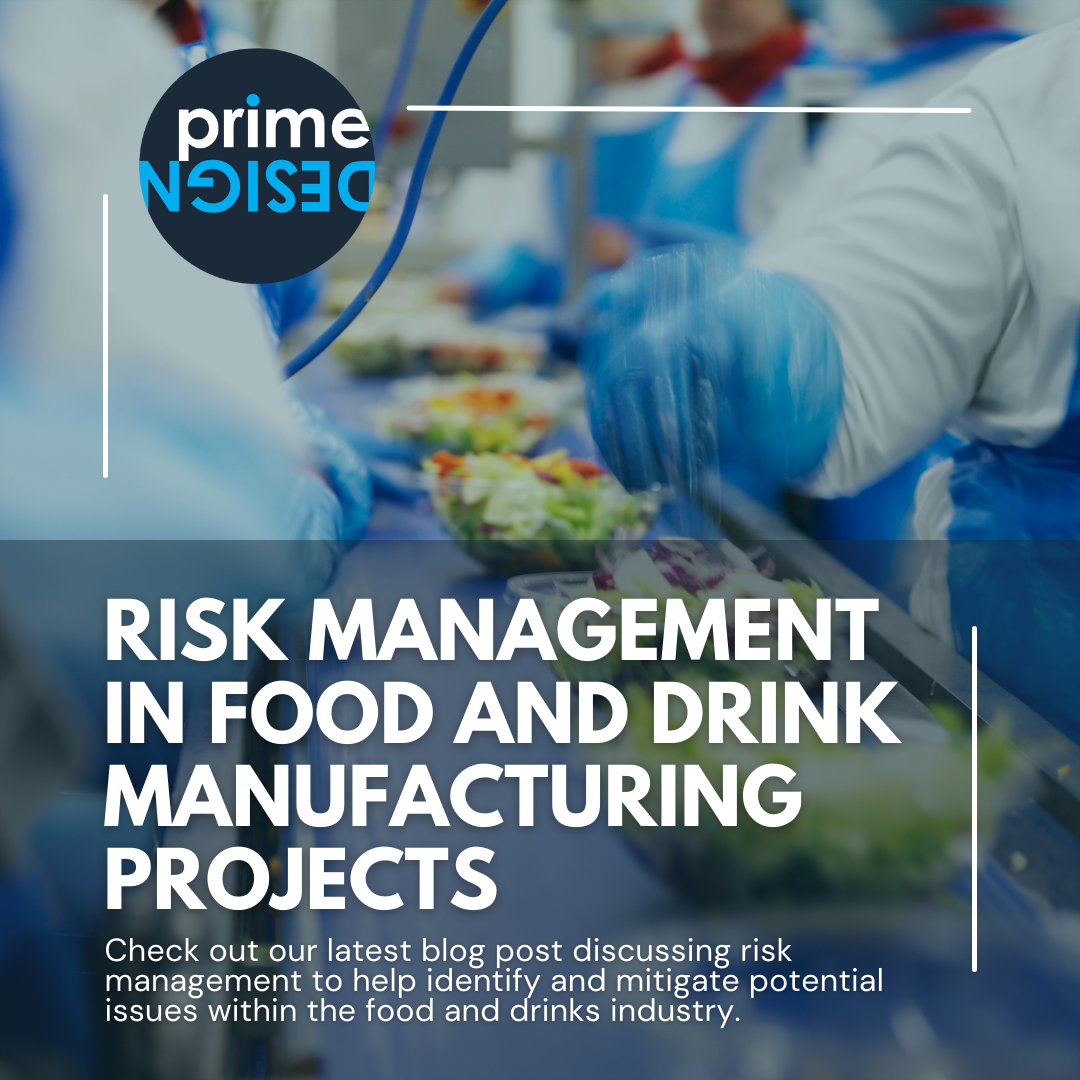Risk Management in Food and Drink Manufacturing Projects: Identifying and Mitigating Potential Issues
Introduction:
In the fast-paced and demanding world of food and drink manufacturing, effective risk management is essential to ensure the successful execution of projects. From sourcing ingredients to production and distribution, numerous potential issues can arise that may compromise product safety, quality, and timely delivery. In this blog post, we will delve into the importance of risk management in the food and drink manufacturing industry, explore common risks, and provide strategies for identifying and mitigating potential issues.
1. Understanding the Significance of Risk Management:
Risk management plays a vital role in safeguarding the reputation and profitability of food and drink manufacturing businesses. By proactively identifying and addressing potential issues, companies can minimise the likelihood of product recalls, regulatory violations, and customer dissatisfaction. This not only protects consumers but also preserves brand integrity and trust in the marketplace.
2. Identifying Risks Specific to the Food and Drink Manufacturing Industry:
a. Raw Material Risks:
- Discuss the importance of assessing the quality and reliability of raw materials, including potential contamination, adulteration, or supply chain disruptions.
- Highlight the significance of building strong relationships with trusted suppliers and implementing rigorous quality control measures.
b. Operational Risks:
- Explore risks related to production processes, such as equipment failure, inadequate training, and human error.
- Emphasise the need for robust standard operating procedures (SOPs), regular maintenance, and staff training to minimise operational risks.
c. Compliance Risks:
- Discuss the complexities of complying with food safety regulations, labelling requirements, and industry standards.
- Highlight the importance of staying updated on evolving regulations and implementing rigorous quality assurance and documentation practices.
3. Strategies for Mitigating Potential Issues:
a. Risk Assessment:
- Explain the process of conducting thorough risk assessments, including hazard analysis and vulnerability assessments, to identify potential issues.
- Encourage businesses to involve cross-functional teams and subject matter experts to ensure a comprehensive evaluation of risks.
b. Risk Prioritisation:
- Discuss the significance of prioritising risks based on their likelihood of occurrence and potential impact.
- Encourage the development of risk matrices or scoring systems to allocate resources effectively and address high-priority risks promptly.
c. Mitigation Strategies:
- Provide examples of risk mitigation strategies, such as implementing stringent quality control measures, establishing contingency plans for supply chain disruptions, and conducting regular equipment maintenance.
- Emphasise the importance of continuous monitoring, audits, and corrective actions to ensure the effectiveness of risk mitigation efforts.
Conclusion:
In the food and drink manufacturing industry, risk management is a critical component of project success. By proactively identifying potential issues and implementing robust mitigation strategies, businesses can protect consumer safety, maintain regulatory compliance, and preserve their brand reputation. By prioritizing risk management and fostering a culture of proactive prevention, food and drink manufacturers can navigate challenges more effectively and ensure the delivery of safe, high-quality products to consumers.
